September 9, 2025, Apple introduced the iPhone Air, a device that redefines smartphone design with its impossibly thin 5.6mm profile—the slimmest iPhone to date. Despite its sleek form factor, the iPhone Air delivers pro-level performance, a stunning 6.5-inch display, advanced camera systems, and remarkable battery life. Achieving this breakthrough required Apple to push the boundaries of materials science, silicon design, and internal architecture. In this article, we explore the innovations that enabled Apple to craft the iPhone Air and how they elevate the user experience.
A Breakthrough Titanium Design
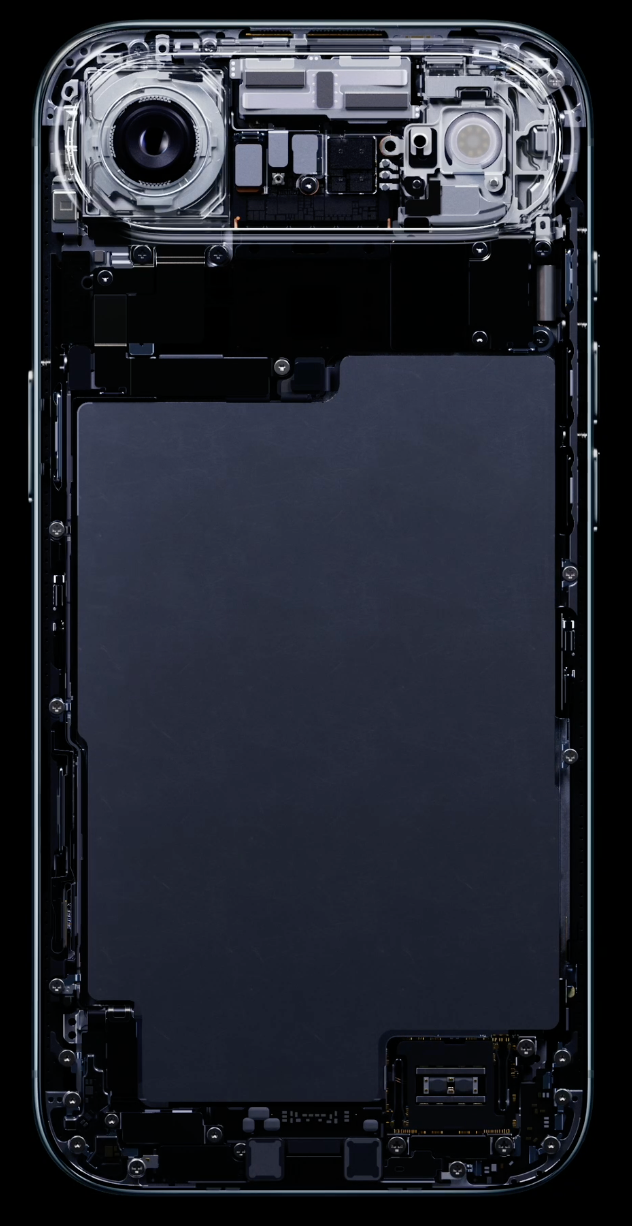
The iPhone Air’s defining feature is its ultra-thin 5.6mm chassis, a significant reduction from the 8.25mm thickness of the iPhone 16 Pro. To achieve this, Apple opted for a grade 5 titanium frame with a high-gloss mirror finish, balancing elegance, strength, and lightweight properties. Titanium’s high strength-to-weight ratio allows the iPhone Air to remain robust despite its slim profile, exceeding Apple’s stringent bend strength requirements.
A key innovation is the precision-milled plateau on the back, sculpted to house the cameras, speaker, and Apple silicon. This design maximizes internal space, enabling a larger battery without compromising the device’s thinness. Unlike previous iPhones, which used glass backs, the iPhone Air employs Ceramic Shield on both the front and back. The front features Ceramic Shield 2, with a new Apple-designed coating that delivers 3x better scratch resistance and improved anti-reflection for reduced glare. The back’s Ceramic Shield provides 4x better crack resistance compared to prior glass-backed models, making the iPhone Air the most durable iPhone yet.
The titanium USB-C port is another engineering marvel, 3D-printed to be thinner and stronger while using 33% less material than traditional forging methods. This port fits seamlessly into the slim design, maintaining structural integrity and supporting high-speed charging and data transfer. These material and manufacturing advancements allowed Apple to shave millimeters off the chassis while enhancing durability and functionality.
Innovative Internal Architecture
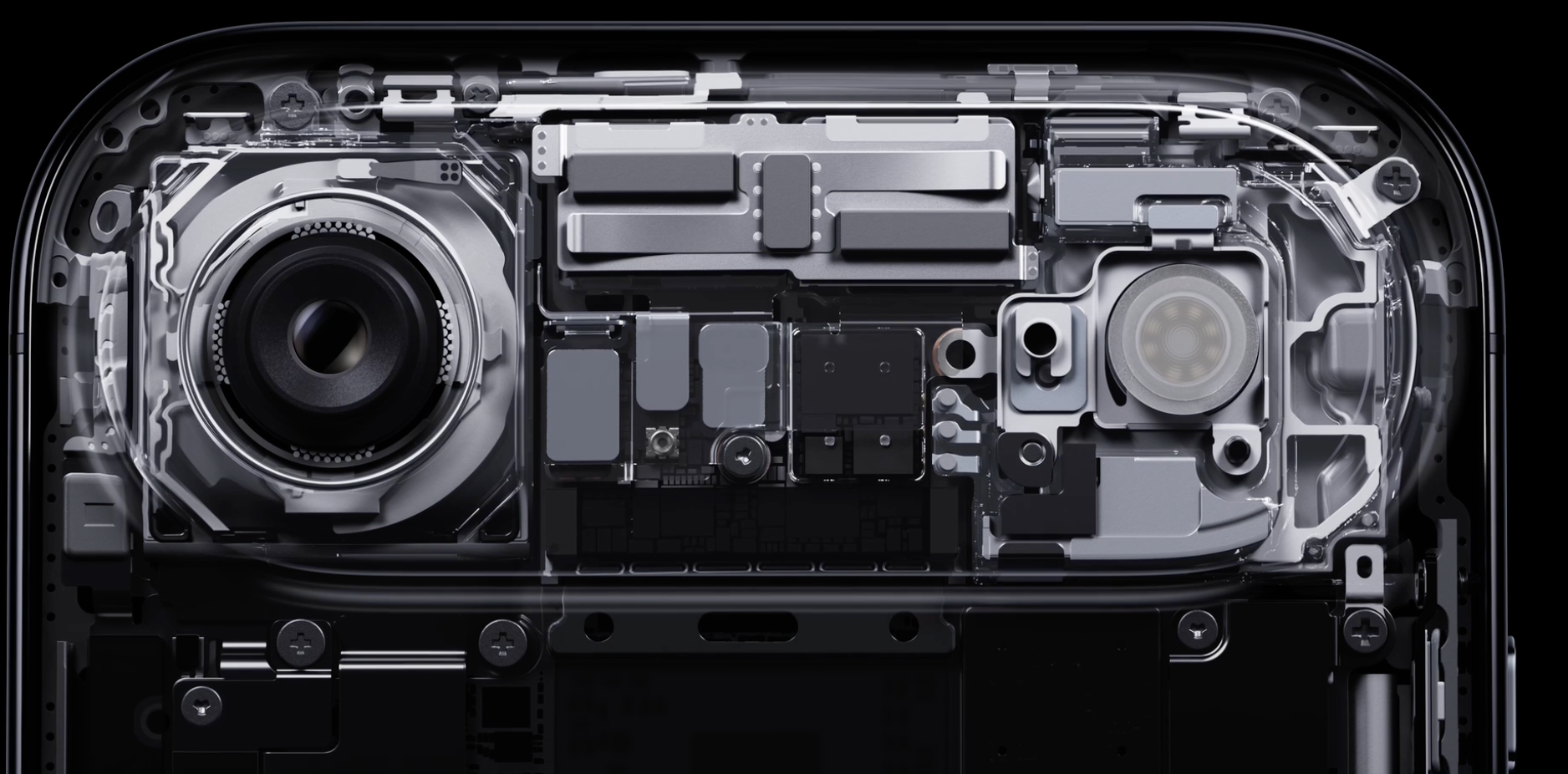
Creating a device as thin as the iPhone Air required a complete reimagining of its internal layout. Apple’s engineers redesigned the internal architecture to optimize space, prioritizing battery capacity and thermal efficiency. The precision-milled plateau not only houses critical components but also creates room for a larger battery, contributing to the iPhone Air’s all-day battery life. This is a significant achievement, as thinner devices typically sacrifice battery capacity due to space constraints.
The Action button and Camera Control are integrated into the slim frame, allowing quick access to functions like launching the camera or enabling visual intelligence without adding bulk. The eSIM-only design further frees up internal space by eliminating the physical SIM tray, contributing to both the thin profile and enhanced battery life. This space-saving approach, combined with iOS 26’s Adaptive Power Mode, intelligently manages power consumption based on user habits, ensuring the device lasts through a full day of heavy use.
Apple Silicon: A Trio of Power-Efficient Chips
The iPhone Air is powered by three Apple-designed chips—the A19 Pro, N1, and C1X—making it the most power-efficient iPhone ever. Each chip was engineered to deliver high performance within the constraints of a thin chassis, where heat dissipation and power management are critical.
A19 Pro Chip
The A19 Pro, built on TSMC’s third-generation 3nm process (N3P), features a 6-core CPU that’s the fastest in any smartphone and a 5-core GPU with Neural Accelerators in each core. The GPU delivers up to 3x the peak compute power of its predecessor, enabling next-level mobile gaming with titles like Arknights: Endfield (set for release in early 2026) and supporting on-device generative AI models for Apple Intelligence. The chip’s efficiency, paired with the optimized internal architecture, ensures that performance doesn’t come at the cost of battery life or excessive heat.
N1 Wireless Chip
The N1 chip, Apple’s custom wireless solution, supports Wi-Fi 7, Bluetooth 6, and Thread, enhancing connectivity for features like AirDrop and Personal Hotspot. By designing its own wireless chip, Apple optimized performance and power efficiency, reducing latency and improving reliability in crowded network environments. Thread support also makes the iPhone Air a hub for smart home devices, integrating seamlessly with HomeKit for low-power, low-latency communication.
C1X Cellular Modem
The C1X, Apple’s new cellular modem, is up to 2x faster than the C1 modem in the iPhone 16e and uses 30% less energy than the modem in the iPhone 16 Pro. This efficiency is crucial for maintaining battery life in a thin device, where every milliwatt counts. The C1X supports faster cellular speeds, enabling seamless streaming and downloads, even in challenging network conditions.
Together, these chips allow the iPhone Air to deliver pro-level performance in a compact form factor, overcoming the thermal and power challenges typically associated with thin devices.
Advanced Camera Systems
The iPhone Air’s camera systems are a testament to Apple’s ability to integrate cutting-edge technology into a slim design. The 48MP Fusion Main camera, with a 2.0µm quad-pixel sensor and sensor-shift optical image stabilization, offers the equivalent of four lenses, including 28mm and 35mm focal lengths and a 2x Telephoto. The updated Photonic Engine enhances low-light performance and color accuracy, while next-generation portraits with Focus Control allow users to adjust depth in the Photos app. A new Bright Photographic Style in iOS 26 adds vibrance and brightens skin tones for stunning results.
The 18MP Center Stage front camera introduces a square sensor, enabling high-resolution photos and videos in any orientation without rotating the device. AI-driven features like automatic field-of-view expansion for group selfies and ultra-stabilized 4K HDR video make it ideal for creators. Dual Capture, which records from both front and rear cameras simultaneously, is perfect for vlogging or capturing reactions during events.
These camera advancements required Apple to miniaturize components and optimize their placement within the thin chassis. The precision-milled plateau ensures that the cameras fit flush with the back, maintaining the sleek aesthetic while delivering professional-grade performance.
Stunning Display and Battery Life
The iPhone Air’s 6.5-inch Super Retina XDR display features ProMotion with an adaptive refresh rate up to 120Hz, Always-On functionality, and a peak brightness of 3000 nits—the highest ever on an iPhone. The display’s 2x better outdoor contrast ensures visibility in bright sunlight, while the 1Hz minimum refresh rate conserves power when idle. Achieving this in a 5.6mm device required Apple to streamline the display stack, reducing its thickness without sacrificing quality.
Battery life, a challenge in ultra-thin devices, is addressed through the combination of a larger battery (enabled by the redesigned architecture), the power-efficient A19 Pro, N1, and C1X chips, and iOS 26’s software optimizations. The Adaptive Power Mode learns user patterns to conserve energy, delivering all-day battery life. The MagSafe Battery accessory extends this further, offering up to 40 hours of video playback when attached.
Sustainability and Accessories
Apple’s commitment to sustainability is evident in the iPhone Air’s construction, with 35% recycled content, including 80% recycled titanium and 100% recycled cobalt in the battery. The device is manufactured using 45% renewable energy, and its 100% fiber-based packaging is fully recyclable. The 3D-printed USB-C port reduces material waste, aligning with Apple’s Apple 2030 goal of carbon neutrality.
New accessories enhance the iPhone Air’s functionality and style. The ultra-thin MagSafe Case, available in frost and shadow, features a frosted interior and high-gloss exterior for protection without bulk. The lightweight Bumper, available in four colors, adds edge protection, while the Crossbody Strap, made from 100% recycled yarn, offers hands-free convenience with adjustable magnets. The MagSafe Battery ensures extended usage in a slim form factor, seamlessly integrating with the device’s design.
Pricing and Availability
The iPhone Air starts at $999 with 256GB of storage, with options up to 1TB, and comes in space black, cloud white, light gold, and sky blue. Pre-orders begin September 12, with availability from September 19 in over 63 countries. iOS 26, which powers the device’s intelligent features, will be available as a free update on September 15.
Final Thoughts
The iPhone Air is a triumph of engineering, blending a 5.6mm titanium chassis with pro-level performance, advanced cameras, and all-day battery life. Apple’s innovations—grade 5 titanium, Ceramic Shield 2, a precision-milled plateau, and a trio of power-efficient chips—overcome the challenges of designing an ultra-thin smartphone without compromising capability. From the A19 Pro’s gaming prowess to the N1 and C1X chips’ connectivity efficiency, the iPhone Air feels like a glimpse into the future of mobile devices. For users seeking a sleek, powerful, and durable iPhone, the Air delivers an unmatched experience.
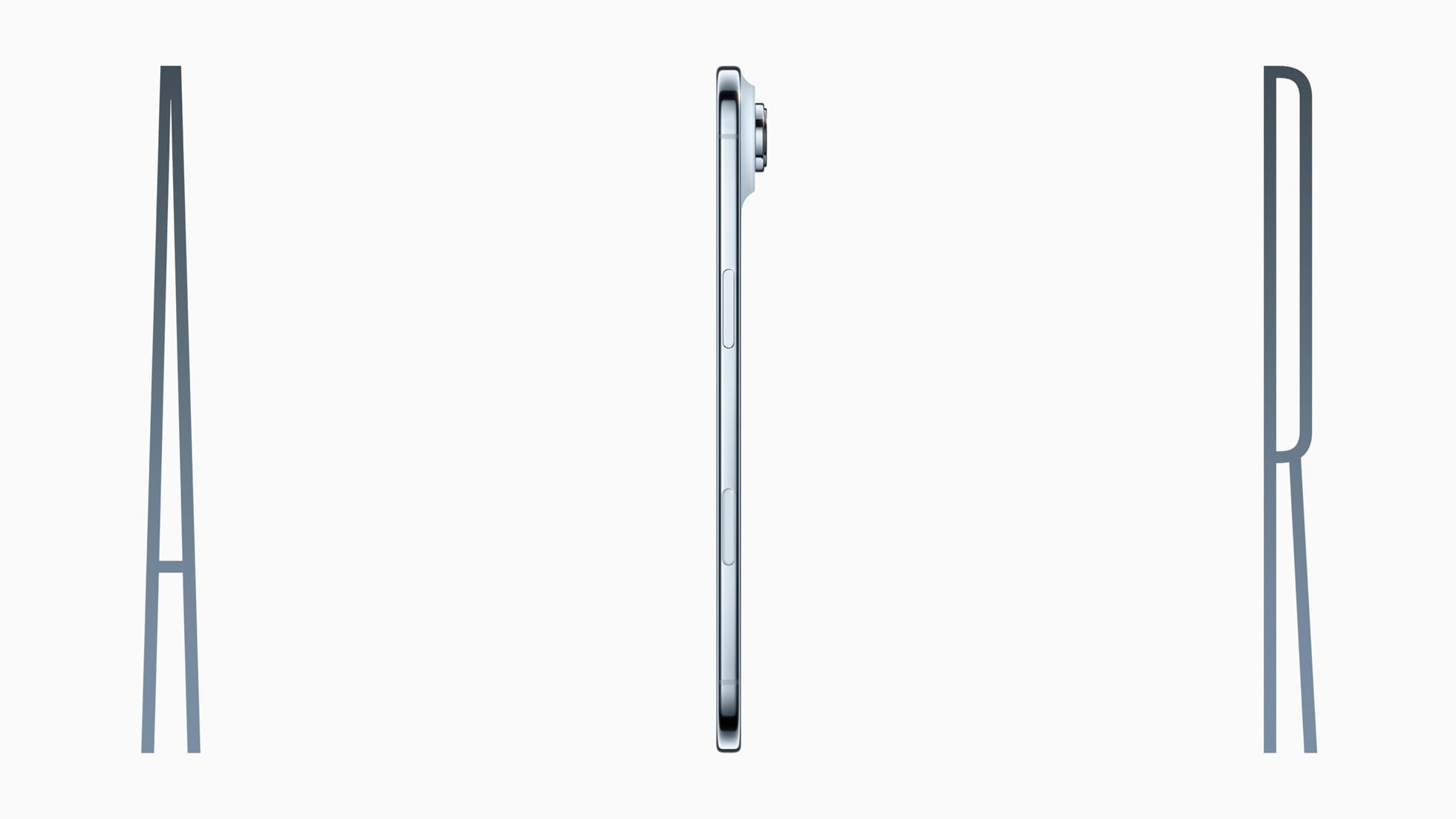


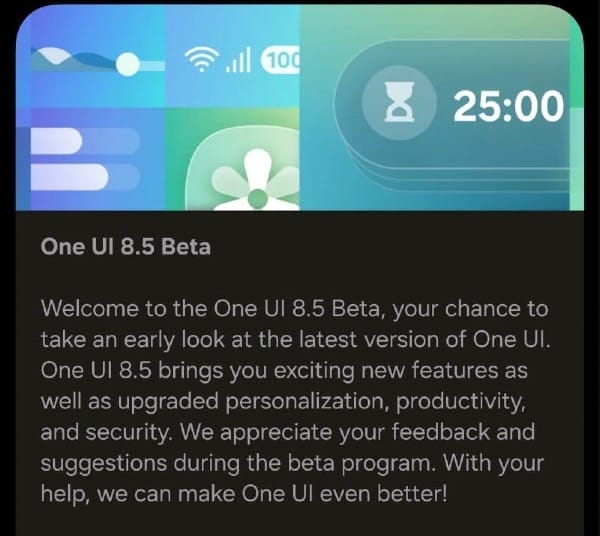
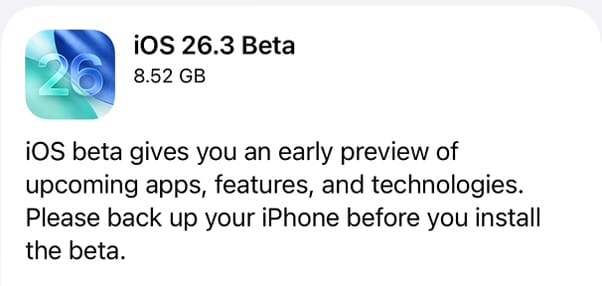







Discussion